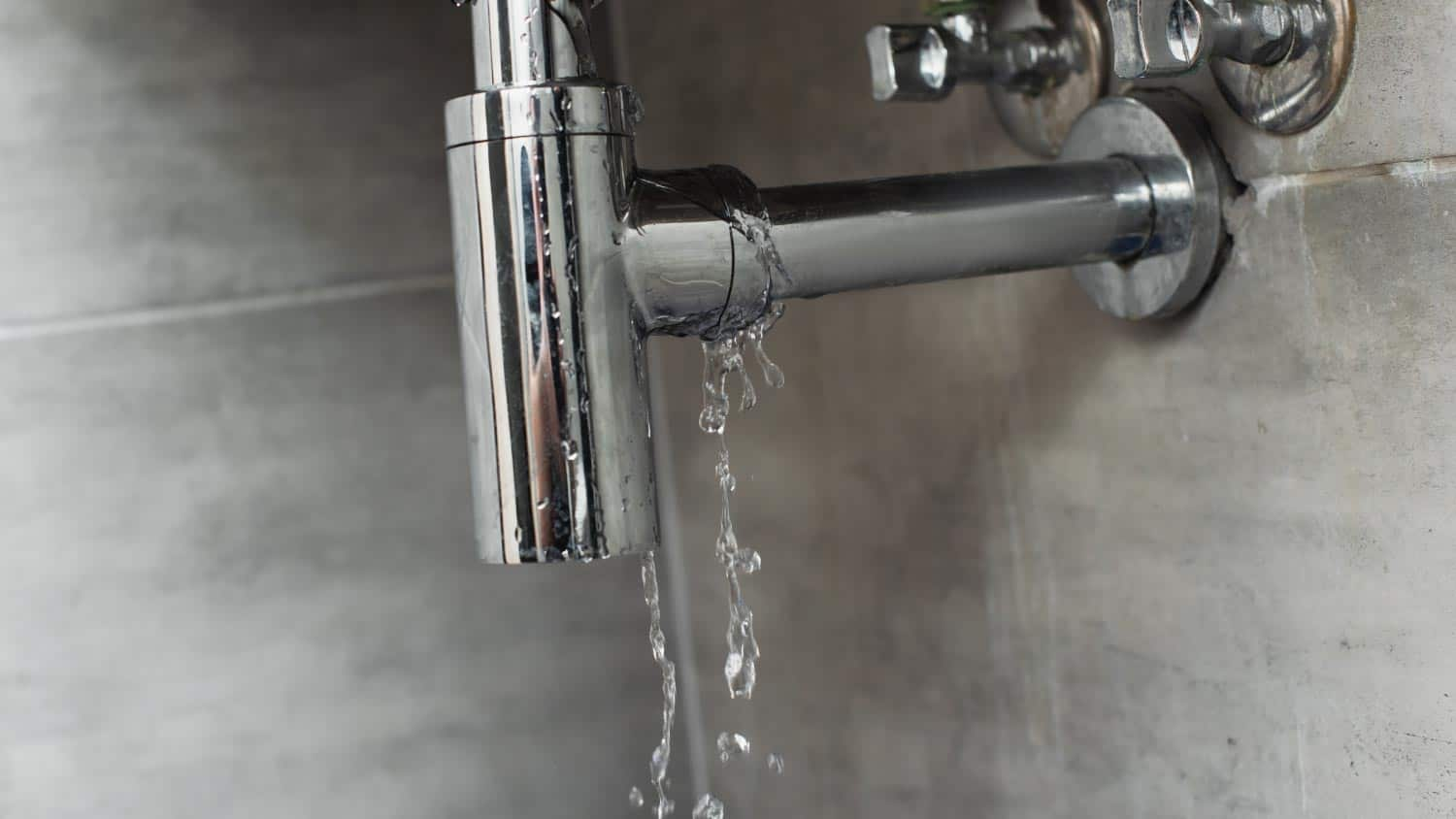They are making a few great pointers related to Top leak detection hacks as a whole in this post beneath.

Early detection of dripping water lines can reduce a potential catastrophe. Some tiny water leakages may not be noticeable.
1. Examine the Water Meter
Every residence has a water meter. Checking it is a proven way that assists you discover leaks. For beginners, turn off all the water resources. Ensure nobody will certainly flush, utilize the tap, shower, run the cleaning device or dishwasher. From there, go to the meter and watch if it will transform. Because nobody is utilizing it, there should be no motions. That indicates a fast-moving leakage if it moves. If you discover no changes, wait an hour or two and inspect back once again. This suggests you might have a slow leak that could also be below ground.
2. Inspect Water Consumption
Analyze your water costs as well as track your water intake. As the one paying it, you must discover if there are any inconsistencies. If you identify sudden changes, in spite of your intake coinciding, it means that you have leakages in your plumbing system. Remember, your water expense should drop under the same variety every month. An unexpected spike in your costs shows a fast-moving leak.
At the same time, a steady increase each month, despite having the very same practices, shows you have a sluggish leak that's likewise slowly intensifying. Call a plumber to thoroughly inspect your property, especially if you really feel a cozy area on your flooring with piping below.
3. Do a Food Coloring Test
30% comes from toilets when it comes to water intake. Test to see if they are running properly. Decline specks of food shade in the container as well as wait 10 mins. There's a leakage between the storage tank and also bowl if the color somehow infiltrates your dish during that time without flushing.
4. Asses Exterior Lines
Don't neglect to inspect your outdoor water lines also. Must water seep out of the link, you have a loose rubber gasket. One little leakage can waste heaps of water as well as increase your water expense.
5. Evaluate the scenario and check
Homeowners should make it a routine to check under the sink counters as well as also inside closets for any bad odor or mold and mildew development. These two red flags show a leak so prompt interest is called for. Doing regular inspections, even bi-annually, can save you from a significant problem.
More importantly, if you understand your house is currently old, maintain a watchful eye on your heating systems, tubes, pipelines etc. Look for stainings and also damaging as a lot of appliances and also pipelines have a life span. They will also normally degrade because of wear and tear. If you think leaking water lines in your plumbing system, do not wait for it to escalate. Call an expert plumber as soon as possible so you do not wind up with an awful mess in your home.
Early detection of dripping water lines can alleviate a prospective catastrophe. Some little water leakages may not be visible. Examining it is a guaranteed way that helps you uncover leakages. One tiny leakage can throw away tons of water and also increase your water bill.
If you suspect leaking water lines in your plumbing system, don't wait for it to escalate.
WARNING SIGNS OF WATER LEAKAGE BEHIND THE WALL
PERSISTENT MUSTY ODORS
As water slowly drips from a leaky pipe inside the wall, flooring and sheetrock stay damp and develop an odor similar to wet cardboard. It generates a musty smell that can help you find hidden leaks.
MOLD IN UNUSUAL AREAS
Mold usually grows in wet areas like kitchens, baths and laundry rooms. If you spot the stuff on walls or baseboards in other rooms of the house, it’s a good indicator of undetected water leaks.
STAINS THAT GROW
When mold thrives around a leaky pipe, it sometimes takes hold on the inside surface of the affected wall. A growing stain on otherwise clean sheetrock is often your sign of a hidden plumbing problem.
PEELING OR BUBBLING WALLPAPER / PAINT
This clue is easy to miss in rooms that don’t get much use. When you see wallpaper separating along seams or paint bubbling or flaking off the wall, blame sheetrock that stays wet because of an undetected leak.
BUCKLED CEILINGS AND STAINED FLOORS
If ceilings or floors in bathrooms, kitchens or laundry areas develop structural problems, don’t rule out constant damp inside the walls. Wet sheetrock can affect adjacent framing, flooring and ceilings.
https://www.servicemasterbyzaba.com/blog/how-to-detect-water-leakage-in-walls/

I'm certainly very interested by Locating water leaks and I hope you enjoyed the new page. Sharing is nice. Who knows, you could be doing someone a favor. Many thanks for taking the time to read it.